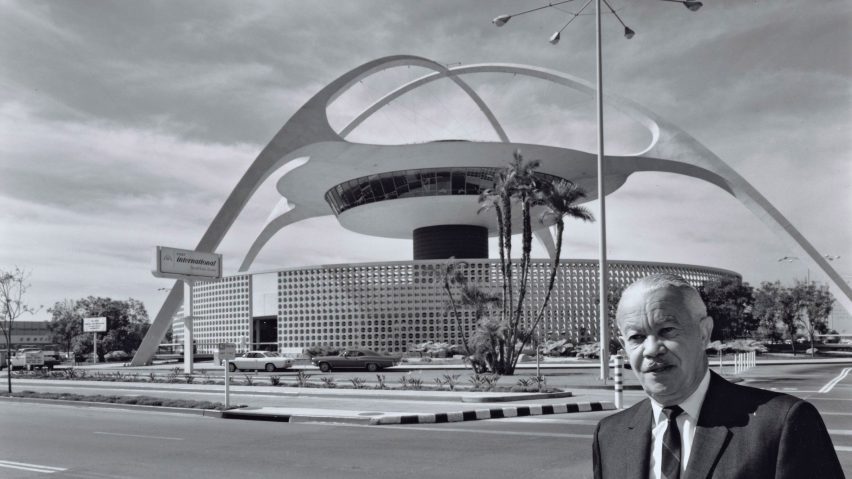
Nine Black designers who left their mark on the past 100 years
Charlene Prempeh's Now You See Me book celebrates the work of Black designers during the past century – from the lauded to the chronically overlooked. Here, she selects nine that have had a particularly significant impact.
Titled Now You See Me: An Introduction to 100 Years of Black Design, the book features architects, fashion designers and graphic artists and was launched to coincide with Black History Month in the UK.
British writer Prempeh, who is the founder of creative agency A Vibe Called Tech and was a Dezeen awards judge in 2022, wanted the book to correct the historic marginalisation of Black creatives.
"I've always found the lack of record on Black lives strange," Prempeh told Dezeen. "I wanted to add to a growing body of work that aims to address and correct that imbalance."
"I hope the book is broad enough for people to see that the problem isn't related to just one discipline or one creative but was in fact systemic," she added.
The book focuses particularly on pioneering Black designers whose work has helped to define cultural movements, exploring their careers and significance in depth.
Here, Prempeh picks out nine who you should know:
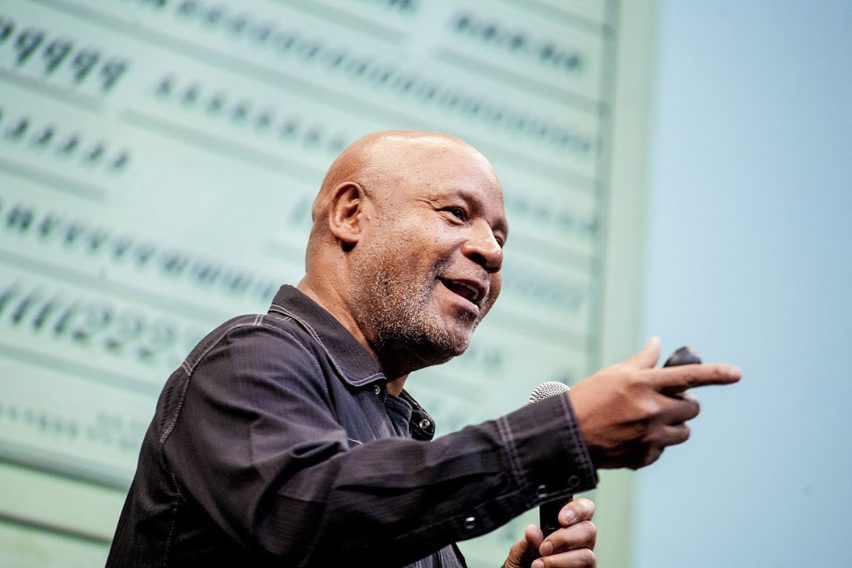
Emory Douglas
"It is almost impossible to look at the work of graphic artist Emory Douglas without thinking of what comprised, comprises, or should comprise the Black aesthetic.
"He sits in the unusual space of straddling the Black Arts Movement – a political collective of Black creatives who adopted the Black Power movement as cultural nationalists during the 1960s and '70s, calling on the creation of poetry, novels, visual arts, and theatre to reflect pride in Black history and culture – and revolutionary nationalists who are best represented by the Black Panther Party."
"The party, where Douglas was a key figure, used his blunt, provocative, sometimes violent graphic images to bring their rhetoric to life."
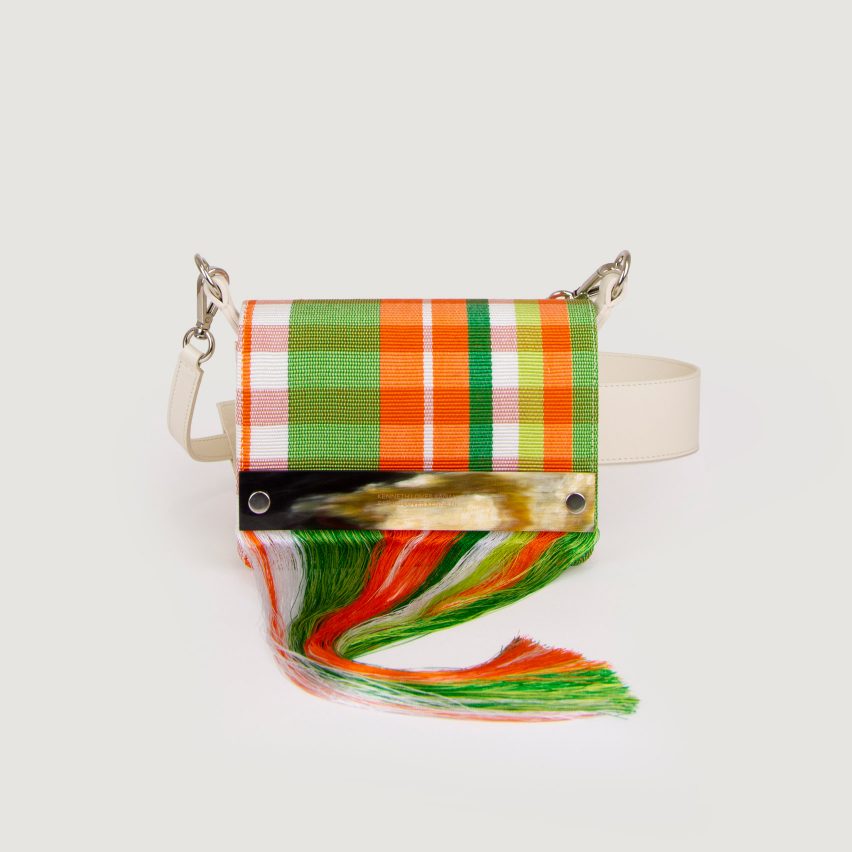
Kenneth Ize
"Kenneth Ize, a 2019 finalist of the LVMH Prize for Young Fashion Designers, creates hand-woven textiles for his label in a small factory that he owns and operates in Nigeria."
"Where many designers would have seen making the exclusive shortlist of the prize as a sign to move to the commercial fashion centres of London, Paris, or Milan, Ize has taken his acclaim and invested it in Lagos where he continues to create collections with brands like Karl Lagerfeld and SAGAN (pictured)."

Diébédo Francis Kéré
"Diébédo Francis Kéré is a recent recipient of the coveted Pritzker Architecture Prize. The first African and first Black person to receive the award, Kéré has been answering the call to rebuild in Africa since the launch of the Kéré Foundation in 1998, established to advocate for a child's right to a comfortable classroom."
"Born in the village of Gando, Burkina Faso, Kéré openly points to Afrofuturism as the organising principle for his work.
"During his studies, he began work on the Gando Primary School completed in 2001 (pictured), engaging villagers by drawing his plans in the sand and actively listening and incorporating their suggestions and improvements. The Dano Secondary School followed, with Kéré once again responding to local climate issues using local technologies."
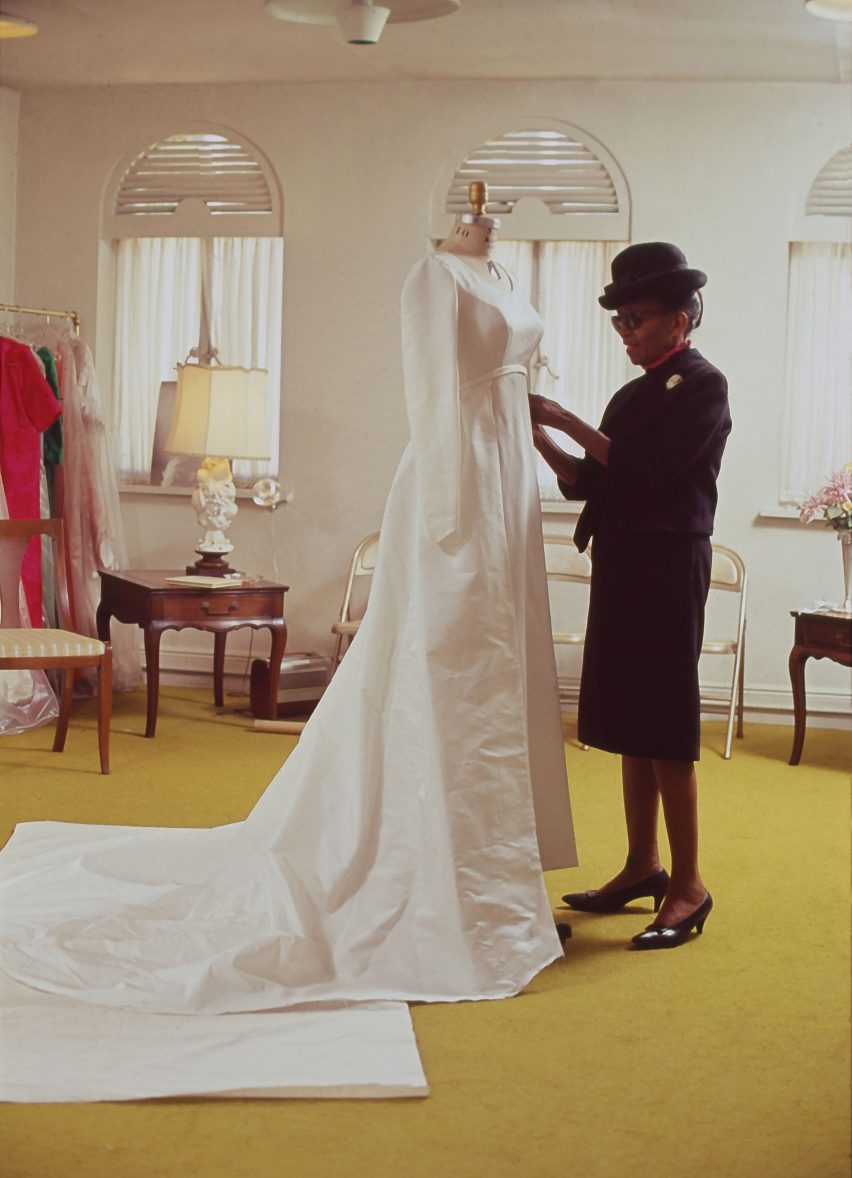
Ann Lowe
"Black fashion designer Ann Lowe was given the opportunity to design Jackie Kennedy's wedding dress in 1953 while being denied recognition for it when Kennedy referred to Lowe only as her 'colored woman dressmaker' in an interview."
"Lowe's life story is now positioned as the discovery of a great designer. And she was great – the wedding dress, whether Jackie loved it or not, would have influenced a million dresses across the globe. Yet Lowe's experience is also an example of the boxes that Black designers were placed in at the time – mainly, out of sight."
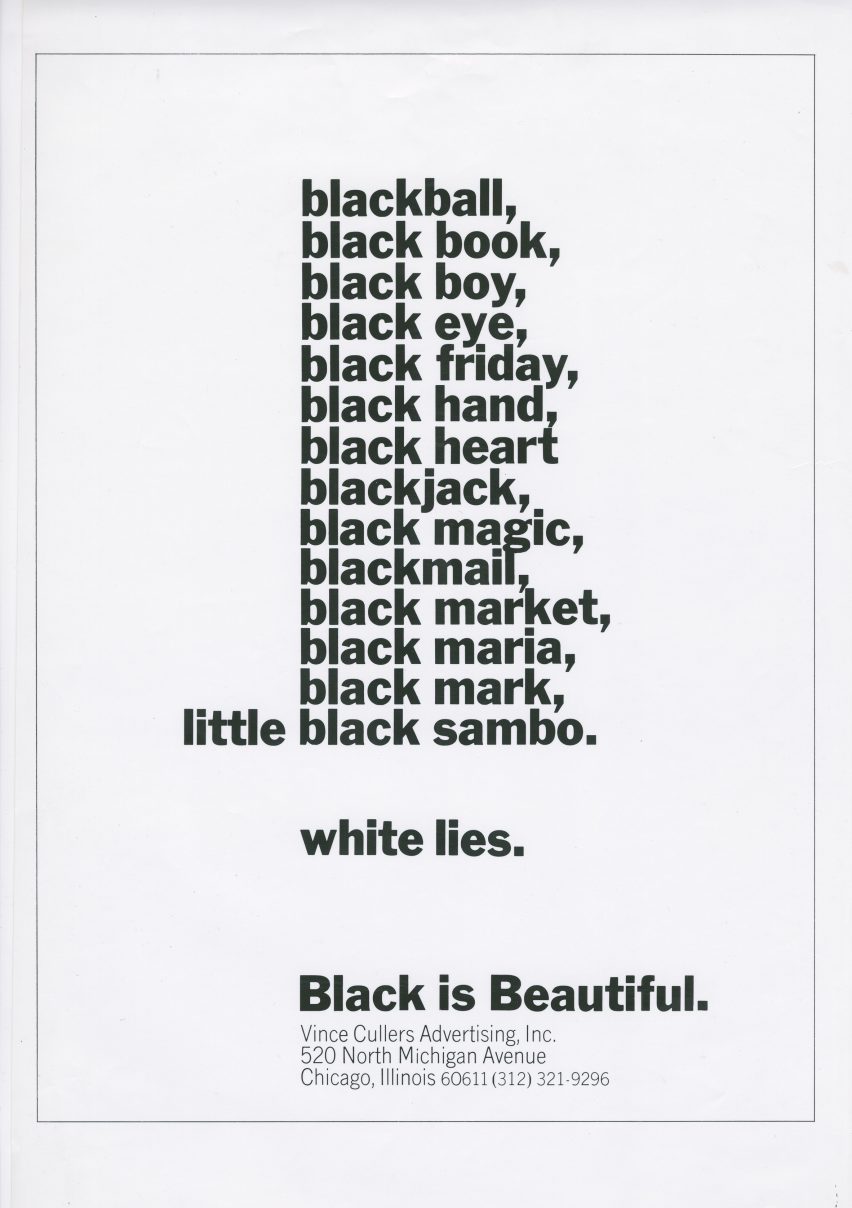
Emmett McBain
"Graphic designer Emmett McBain focused on Black designs for Black audiences, choosing to work on briefs where Black people are the stars of their own show.
"McBain's portfolio includes iconic album covers, advertisements and the seminal 'Black is Beautiful' advert (pictured) – a monochrome masterclass on insidious racism – that he made in 1968 in his position as creative director at Vince Cullers Group."
"The agency, founded in 1956, was the first African American full-service advertising agency. Being reliant on Black endorsements meant McBain could design without a studied eye on the reaction of the white establishment. His work creates an intimacy with its Black audience and a model for design rooted in freedom."
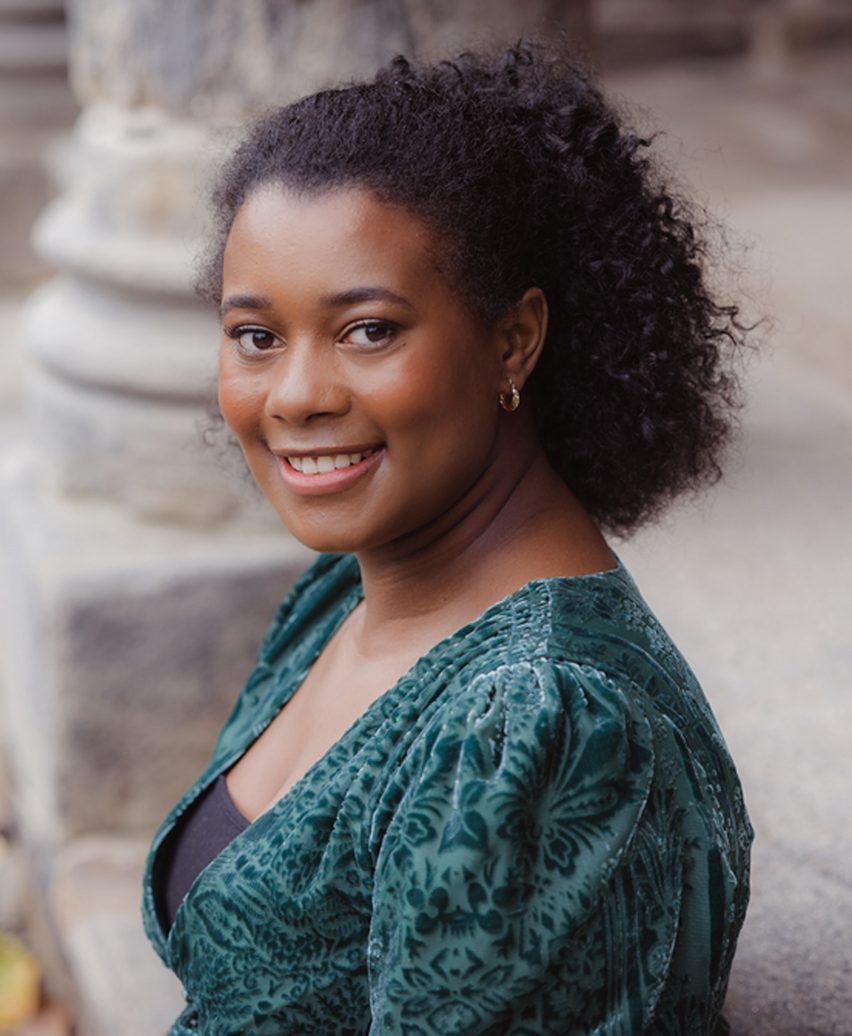
Liz Montague
"Liz Montague has become what The New Yorker believes is the first Black woman cartoonist to be published in its pages, after she wrote to the editor to complain about lack of representation. Her work centralises Black characters with a layer of humour that acts as a knowing nod to the double frustrations of Black women in a society that is at turns sexist and racist."
"Other high-profile gigs include an illustrated video for Joe Biden's presidential campaign in 2020 that was narrated by Stacey Abrams and a commission to illustrate a Google Doodle celebrating Black icon of graphic art, Jackie Ormes."
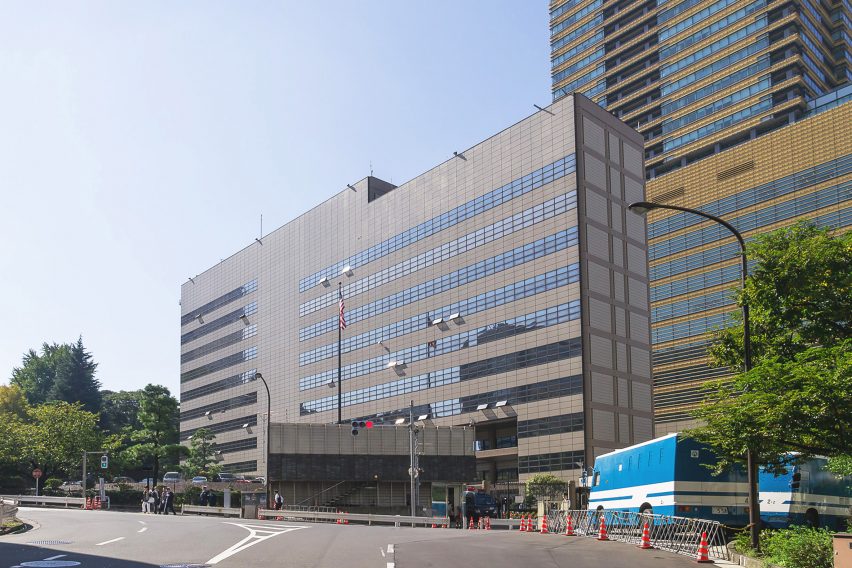
Norma Sklarek
"In 1959, Norma Sklarek became the first African American woman to become a member of the American Institute of Architects. Three years later, she became the first Black female licensed architect in California. By 1985, Sklarek was the first African American woman to co-own an architecture practice."
"This trio of firsts has caused some to anoint Sklarek the 'Rosa Parks of architecture', drawing parallels between Parks's commitment in protest and Sklarek's professional resilience.
"Her architectural successes include the modernist design of the US Embassy in Tokyo in 1976 (pictured) and the Terminal One station at the Los Angeles International Airport in 1984."
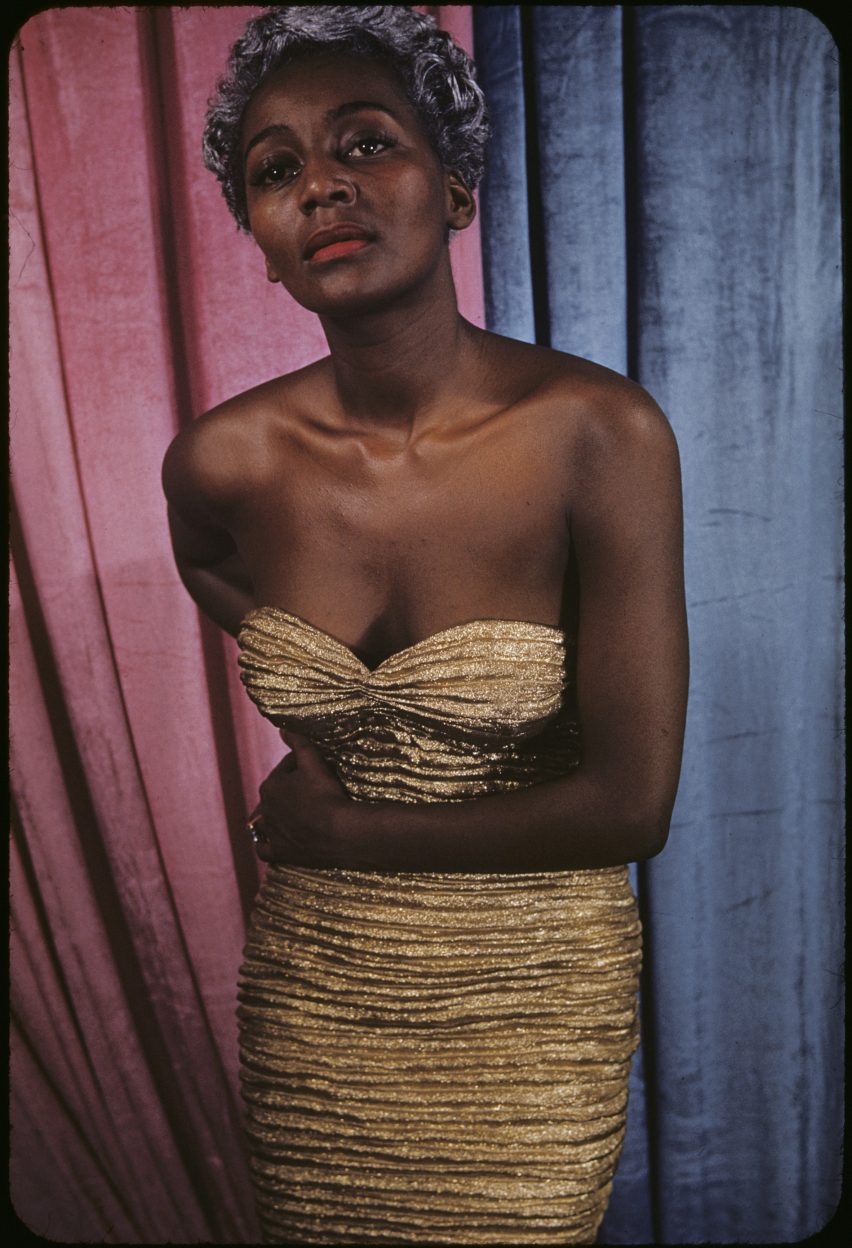
Zelda Wynn Valdes
"American fashion and costume designer Zelda Wynn Valdes is often wrongly cited for designing the Playboy Bunny outfit. Her more interesting (and factually correct) claim to fame lies in the designer-and-muse relationship she formed with singer and actress Joyce Bryant (pictured)."
"As costume designer for the famously all-Black ballet company Dance Theatre of Harlem, Valdes also played an important role in artistic resistance during the Civil Rights Movement."
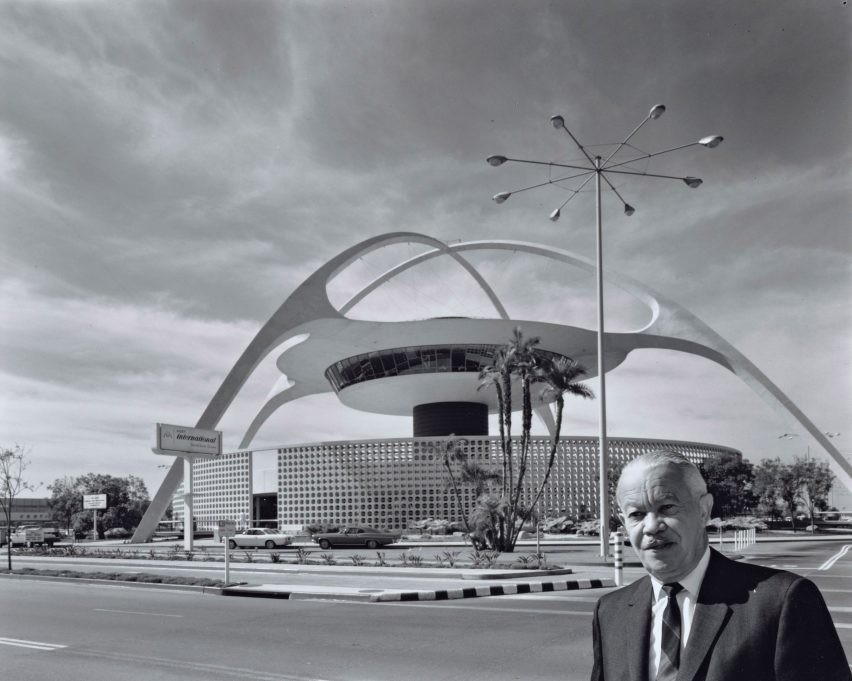
Paul Revere Williams
"Paul Revere Williams was an architectural juggernaut who began his career in 1921, creating luxury homes for Hollywood icons such as Frank Sinatra, Cary Grant and Lucille Ball.
"In addition to his work on residential estates, he designed glamorous commercial projects such as the headquarters for MCA, the Saks Fifth Avenue department store on Wilshire Boulevard in Beverly Hills, and the luxurious Sunset Plaza Apartments."
"Despite an impressive roster of clients, Williams had to develop elaborate tactics in order to avoid uncomfortable situations with his white patrons. He learned to draw backwards so he wouldn't offend by sitting next to them and walked around sites with his hands behind his back so there'd be no awkward moments where clients would have to negotiate shaking his hand."